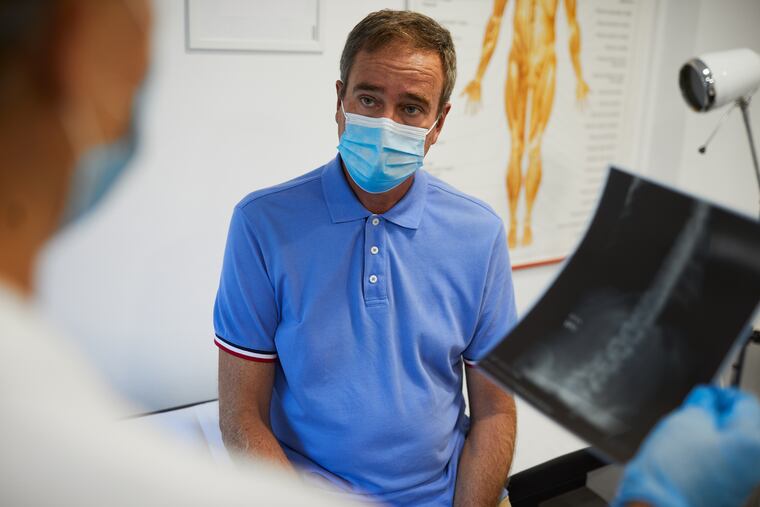The CDC says vaccinated people can unmask. But don’t feel pressured to let your guard down. | Expert Opinion
If you feel confused and worried about changing recommendations, you are not alone. A visit with your PCP is a good place to start.

For many, the recent news from the U.S. Centers for Disease Control and Prevention (CDC) that fully vaccinated people can unmask and discontinue social distancing in most public places is a cause for celebration. However, that was not so for a patient I saw shortly after the May 13 announcement.
“Since I’m fully vaccinated, I know that if I do get COVID, it will probably be very mild,” he said. “But I don’t want to get COVID at all.”
He went on to express his frustration with the new CDC guidelines, which he feels will put him at greater risk because he suffers from chronic lung disease. In the past, even mild, non-COVID infections have caused his disease to flare enough to land him in the hospital. He also fears scorn from family and friends if he chooses to continue masking, or that people will assume he is unvaccinated if he wears a mask.
I said that I understood his concern, and that he should certainly continue to wear a mask in public if he feels less vulnerable doing so. We discussed the science behind the new recommendations, and the hope that it may inspire more people who have been hesitant to receive a COVID vaccination. The vaccines show excellent protection for all prevalent virus variants up to at least six months; firm data beyond that point are still lacking because it’s a new vaccine.
While the general loosening of masking and distancing recommendations made headlines, many people did not notice the rest of the message. Masking is still required at health-care facilities, and on planes, trains, buses and other forms of public transportation. In addition, we still need to follow the specific guidelines of our local and state governments, workplaces and businesses.
» READ MORE: As COVID-19 case numbers drop and vaccinations rise, restrictions ease and officials see hope for the summer
Much of the messaging about the COVID-19 pandemic still includes such words as “we think,” “probably,” “appears to be,” and “most likely.” These words imply uncertainty, which there is still plenty of regarding this virus, and this should be acknowledged. We are learning as we go along. Once again, we are grappling with evaluating our risk tolerance.
Although the CDC must decide on what is acceptable risk for the entire population, each of us must decide on the level of risk that is acceptable to us as individuals. Further, we must respect and empathize with the choices of others, provided they don’t put us in peril.
Gauging personal risk is not always easy to do, especially when it involves a novel, complex illness such as COVID-19, and a sea of information that varies widely in accuracy and reliability. Helping patients navigate this challenge is essential to the work of primary care providers (PCPs).
With my own patients, I discuss chronic conditions and risk factors, personal preferences, work and life context in order to reach a level of caution that best suits each person. We often work on strategies for negotiating or managing conflict with close friends and family of patients who feel differently than they do.
It is exciting to see progress in addressing the pandemic; thanks and congratulations are due to everyone who has followed guidelines and received a vaccine. If you feel confused and worried about changing recommendations, though, you are not alone. A visit with your PCP is a good place to start. And, of course, continue to practice sensitivity, humility and tolerance.
Jeffrey Millstein is a primary-care physician and regional medical director for New Jersey and Bucks County practices of Penn Primary Care.